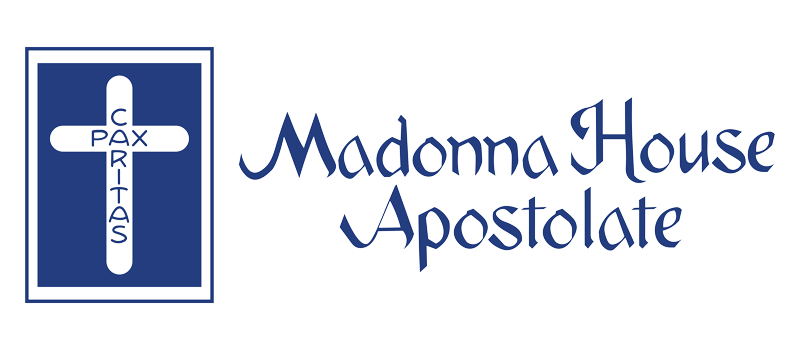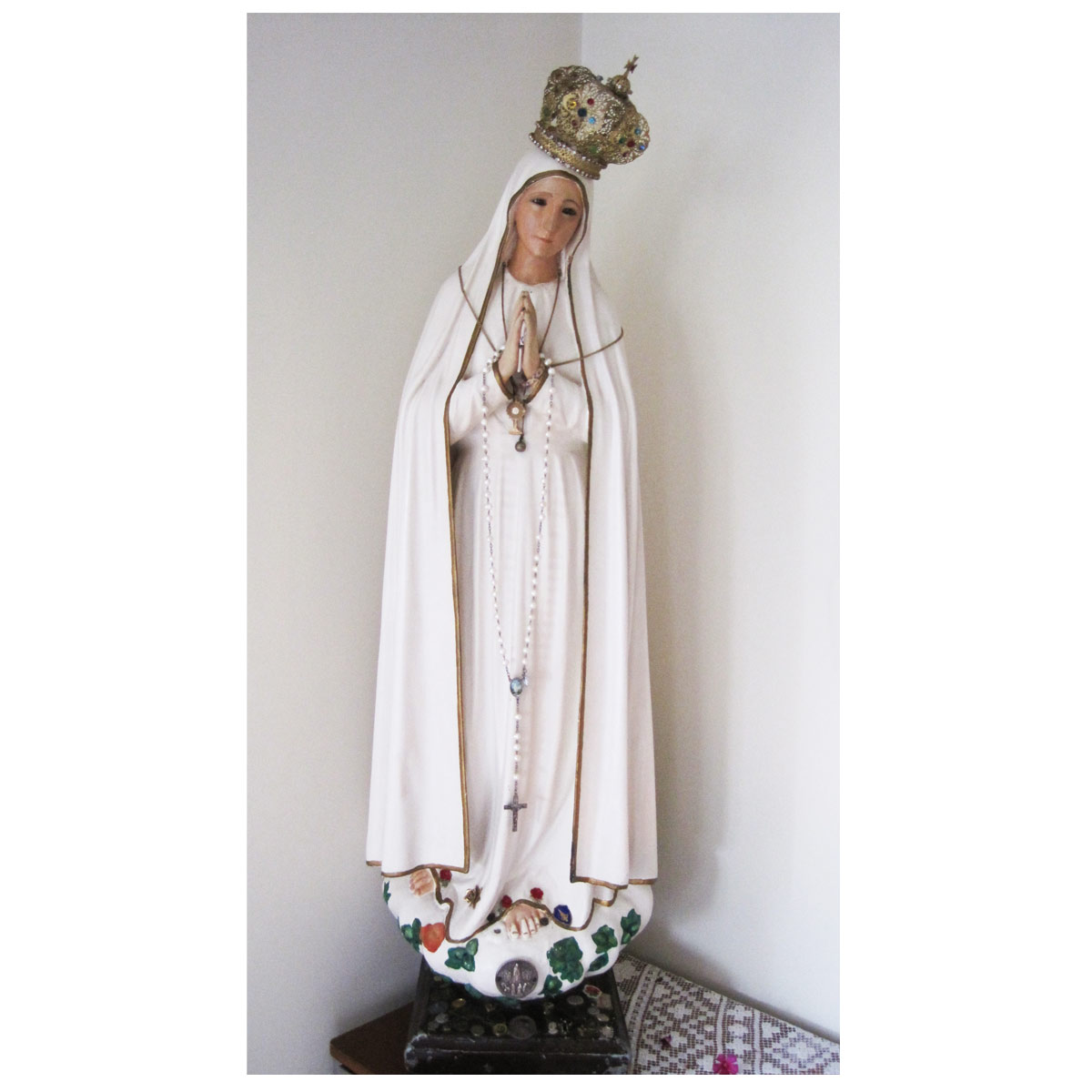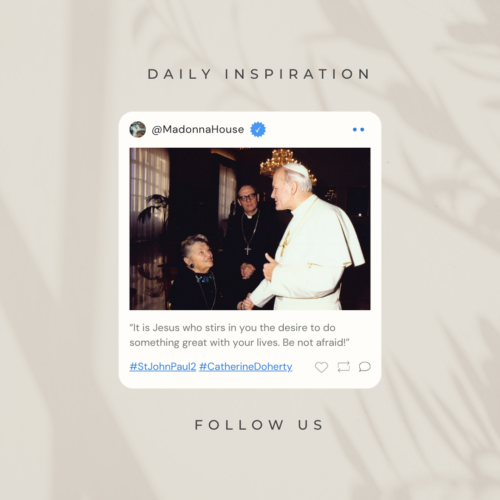This content has been archived. It may no longer be relevant
About five years ago I was at Toronto Western Hospital for what I could only describe as an uncomfortable medical procedure. I had recently undergone two spinal surgeries so I was not looking forward to this new thing I had to deal with.
I would rather not give more details but let your imagination run wild if you like. Or better yet, do not.
I was drugged but for some reason I had to be awake. I was put into a mental fog. The doctor predicted I would feel some “discomfort” and he was right, though I would have substituted the word “pain” for “discomfort.”
Given doctors and dentists always say discomfort when they mean pain I will run for the hills if a doctor ever says, “You will feel pain.”
The procedure eventually ended, and the next thing I knew I was in the recovery room, still floating between reality and the clouds. Then a nurse came over to me and handed me a card with an image of Mary on one side and a short prayer (see the end of this article) on the other. She said, “Who said prayer doesn’t work?”
The nurse said that during my discomfort I began saying the Hail Mary, something I have no memory of.
I looked at the card for a while. I found it comforting on many levels and when I got home, I put it next to my bed. I later discovered the image was properly called Our Lady of Fatima. It has been in my wallet ever since.
The following week I gave a talk about the evils of euthanasia at my parish, Holy Family.
When I was religion reporter at the National Post, a Canadian newspaper, before my spinal ailment sent me into retirement, I had been writing a lot about what I called state-sanctioned suicide, which is now known in polite circles as “medical aid in dying,” a term that could have taken from Orwell’s 1984.
I decided to use what I learned as a reporter to give a series of talks around Toronto to alert people to the dangers of legalized killing of the sick. Afterward, a woman approached me to ask how I was feeling. Turned out she was the nurse who gave me the card and was somehow associated with Madonna House in Toronto.
I lit up at this. I told her I had loved my visits to Combermere and I was happy to make this connection. I then asked her whether I could get more cards.
Not long after this, several hundred arrived at my home. It seemed like a lot at first but then I began bringing a few with me to every mass I went to.
I would pick out those people at Mass who I thought might benefit. Sometimes I gave them to children, others to mothers with their newborns, and just as often to someone who looked troubled or particularly overcome by the Holy Spirit.
Over the years, both at St. Michael’s Cathedral and Holy Family, I handed out several hundred cards. MH Toronto kept me supplied with more cards—the prayer was written by Fr. Duffy, who was on the staff at that house, and I kept giving them away.
What I noticed was that no one took a card without some kind of positive reaction. Sometimes it was just a smile, other times something profound lit up in the receiver’s eyes. On occasion it brought tears.
During this past winter I started to think about doing some volunteer work again. I used to cook at an early morning out-of-the-cold program, but my back could not take getting up at 5 a.m. or standing for any length of time anymore.
I decided to take a course to be a hospice volunteer. Having a strong interest in end of life care, I thought it might be time to actually walk the walk as I had already mastered the talk.
I also figured out I could do pastoral visits to Catholic patients while sitting down, now a necessity in my broken body.
About a month ago I began working at Michael Garron Hospital. There are three priests there who rotate in and out. They say weekly Mass and bring people the Eucharist.
My job is to be a Catholic pastoral visitor, someone who offers to read from the daily missal entry or pray the rosary or just talk about his or her family, friends, the things that make him happy or cranky. It is really just being present.
Though I had taken an intensive course and read many books about hospice, nothing really prepares you to walk into the room, unannounced, of someone dying or gravely ill.
I am not an awkward person but when you see someone in their bed, ashen-faced, skin close to the bone in a room that is less than warm and cozy, it is hard to start a conversation. Asking someone how he or she is who is in palliative care can sound odd—at least at first.
But this is where the cards come in; each is a true icebreaker. You can see the way faces change, especially the eyes, as fragile hands hold and look at Mary.
When someone does not want a visit, I still leave a card. Sometimes a picture of Mary is worth more words than I can muster.
But sometimes I say: “You love Mary. I love Mary. We have the same mother.”
I do not think of the card as a gimmick but rather a tangible sign of love. Each is a postcard from above.
I entered one room and forgot the notation on my list that the patient only speaks Italian. When I came in, he looked bewildered. So I just looked at him and gave him a card. He cried and then gestured for me to sit.
We do not worship images or idols but look through them to the reality they represent. To watch Mary come alive to those who need her is a miracle.
Hail Mary.
Charles Lewis, a friend of Madonna House, is a freelance writer and former religion editor of the National Post, a daily Canadian newspaper.
Mary dear,
you are my mother.
Please take my hand
and tell me where to go
who to see
and what to say.
Please don’t let go
of my hand,
Mary dear,
because I need you
and I will always
love you.
Amen.





